To continue with our adventure around the Czech Republic, today we are venturing to the heart of the Czech wine industry: South Moravia. Located in the southern part of the country, South Moravia is a haven for wine enthusiasts and travelers seeking a blend of rich history, stunning landscapes, and cultural experiences. Let’s delve into centuries-old viticulture, explore charming towns and vineyards, and savor the region’s finest wines paired with traditional Czech cuisine.
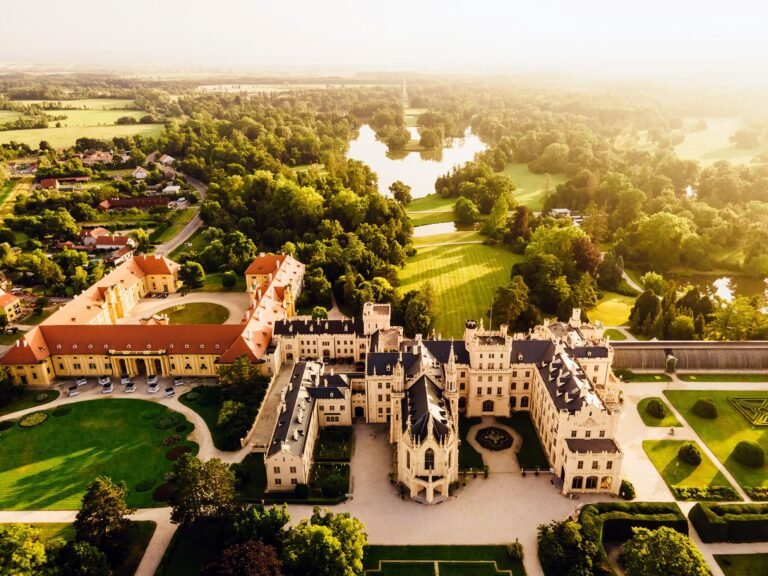
The Historical Roots of South Moravia’s Wine Industry
The winemaking tradition in South Moravia dates back to Roman times, but it was significantly developed during the reign of Charles IV in the 14th century. Charles IV, an ardent wine lover, introduced grape varieties from Burgundy and Champagne to the region, laying the foundation for Moravia’s esteemed viticulture. The 19th century brought advancements in winemaking techniques and the establishment of specialized viticultural schools, elevating the quality and reputation of Moravian wines. Despite the challenges of the 20th century, including world wars and the communist era, South Moravia’s wine industry has flourished in recent decades, with modern winemakers combining traditional practices with innovative approaches.
Top Attractions in South Moravia
1. Mikulov
A picturesque town nestled near the Austrian border, Mikulov is renowned for its stunning landscapes and historical landmarks. The town’s Baroque architecture, including Mikulov Castle, offers a glimpse into the region’s rich history. Wine enthusiasts can visit the castle’s wine cellars, which house an impressive collection of vintage wines. The annual Pálava Wine Harvest Festival, held in September, is a must-visit event celebrating the region’s winemaking traditions with wine tastings, parades, and cultural performances.
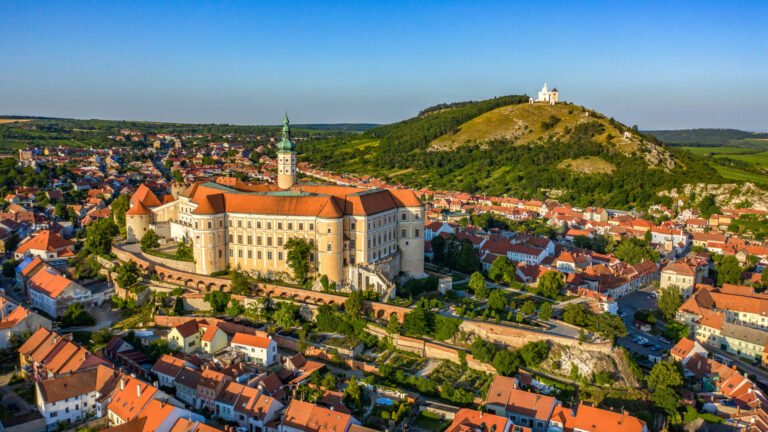
2. Lednice-Valtice Cultural Landscape
This UNESCO World Heritage site is a vast complex of chateaux, gardens, and vineyards. The Lednice Chateau, with its stunning Gothic Revival architecture, and the Valtice Chateau, known for its extensive wine cellars, are the highlights of this cultural landscape. Visitors can enjoy guided tours, wine tastings, and leisurely strolls through the beautifully landscaped gardens.
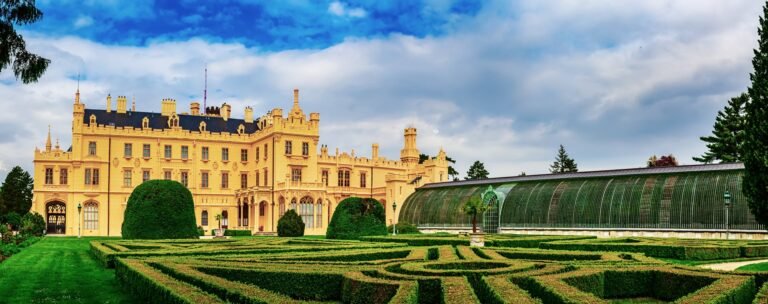
3. Znojmo
Znojmo, a historic town overlooking the Dyje River, is famous for its medieval architecture and underground labyrinth. The Znojmo Castle and the Church of St. Nicholas are notable landmarks. The town’s wine cellars and tasting rooms offer a delightful experience for wine aficionados. The annual Znojmo Historical Vintage Festival in September celebrates the grape harvest with historical reenactments, parades, and wine tastings.
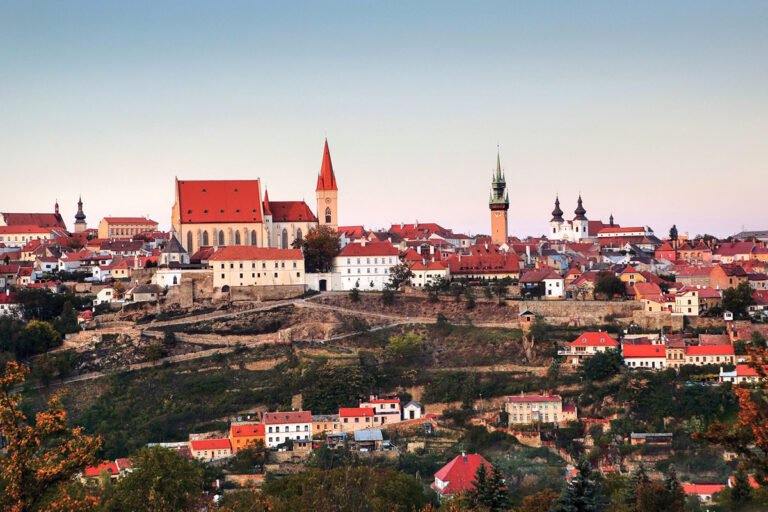
4. Pálava Hills
The Pálava Hills, a UNESCO Biosphere Reserve, offer breathtaking views and excellent hiking opportunities. The region’s limestone soil and favorable climate contribute to the production of high-quality wines. Visitors can explore the charming villages of Pavlov and Dolní Věstonice, known for their vineyards and wine cellars. The area is also rich in archaeological sites, including the famous Venus of Dolní Věstonice, a prehistoric artefact.
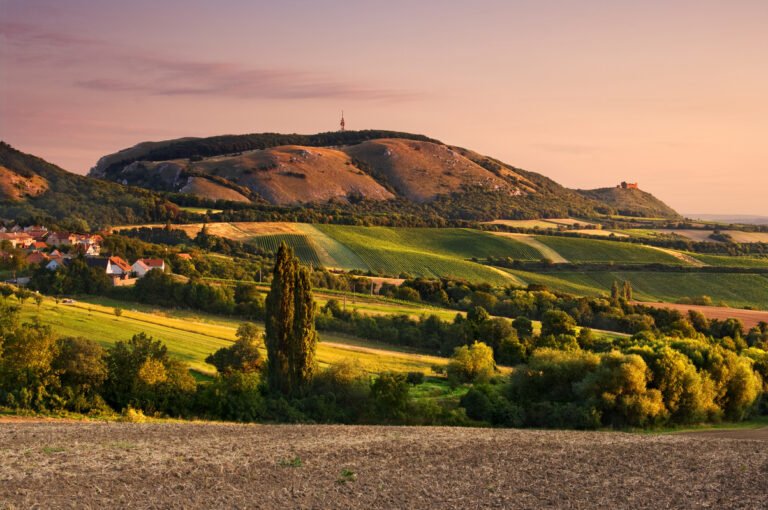
Czech Wine Varieties and Food Pairings
South Moravia’s diverse climate and soil conditions support a variety of grape types, each contributing unique flavors and characteristics to the region’s wines. Here are some of the main grape varieties found in the Czech Republic, their characteristics, and suggested food pairings:
1. Riesling (Ryzlink rýnský)
Known for its high acidity and floral aromas, Riesling produces elegant wines with a balance of sweetness and acidity. Czech Rieslings are often characterised by notes of green apple, lime, and mineral undertones.
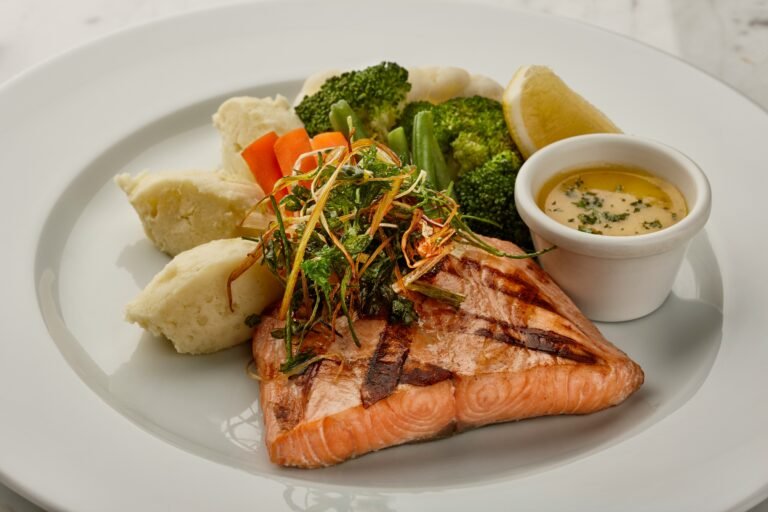
Food Pairings: Riesling pairs well with spicy Asian dishes, grilled seafood, and light poultry dishes. In Czech cuisine, it complements traditional dishes such as grilled trout (grilovaná pstruh) and marinated pork with dumplings (vepřo knedlo zelo).
2. Müller-Thurgau
This grape yields light, aromatic wines with a touch of sweetness. Müller-Thurgau wines are typically easy-drinking, with flavours of peach, apple, and a hint of spice.
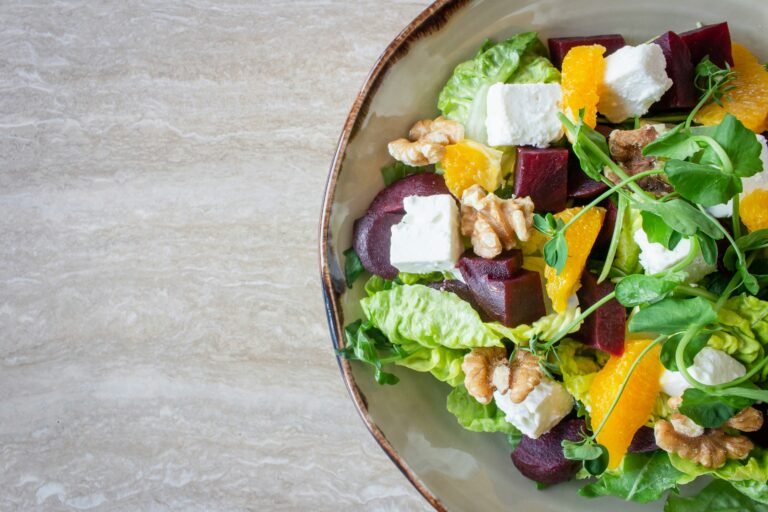
Food Pairings: Müller-Thurgau pairs well with salads, light appetisers, and soft cheeses. It also complements Czech dishes such as fried cheese (smažený sýr) and potato pancakes (bramboráky).
3. Welschriesling (Ryzlink vlašský)
Despite its name, Welschriesling is not related to Riesling. It produces wines with crisp acidity and flavours of citrus, green apple, and sometimes a nutty finish.

Food Pairings: Welschriesling pairs well with grilled vegetables, seafood, and light pasta dishes. It also goes well with Czech specialties like pickled cheese (nakládaný hermelín) and fried carp (smažený kapr).
4. Pinot Noir (Rulandské modré)
Pinot Noir thrives in the Czech climate, producing elegant red wines with soft tannins and complex flavours of cherry, strawberry, and earthy undertones.
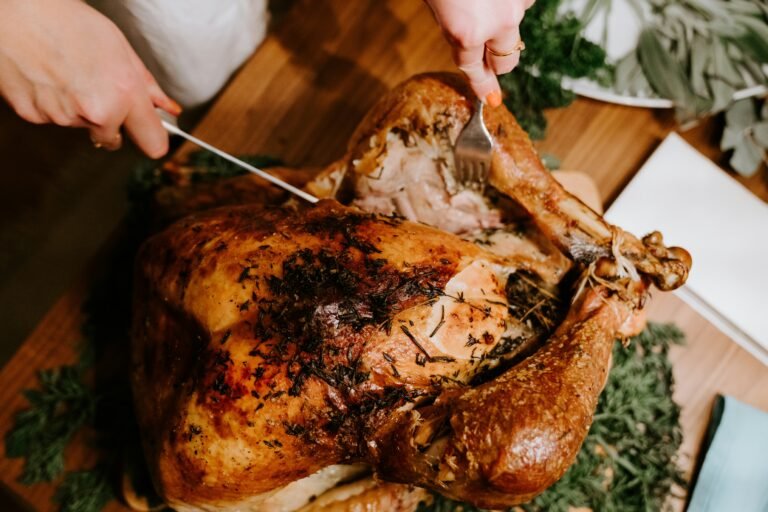
Food Pairings: Pinot Noir pairs excellently with roasted meats, duck, and mushroom dishes. In Czech cuisine, it complements dishes such as roast duck with dumplings and sauerkraut (pečená kachna s knedlíkem a zelím) and beef goulash (hovězí guláš).
5. Grüner Veltliner
This Austrian import has found a home in South Moravia. Grüner Veltliner wines are known for their peppery notes, complemented by flavours of green apple, lemon, and a distinctive minerality.
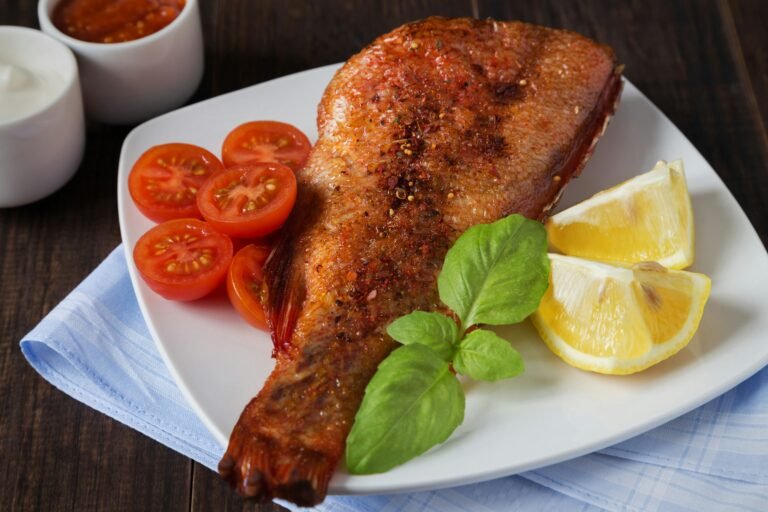
Food Pairings: Grüner Veltliner pairs well with roasted vegetables, fish, and spicy dishes. It is a great match for Czech dishes such as roast pork with dumplings and sauerkraut (vepřová pečeně s knedlíkem a zelím) and roasted goose (pečená husa).
6. St. Laurent (Svatovavřinecké)
This dark-skinned grape variety is well-suited to the Czech terroir. St. Laurent wines are typically full-bodied with rich flavours of black cherry, plum, and a hint of spice.
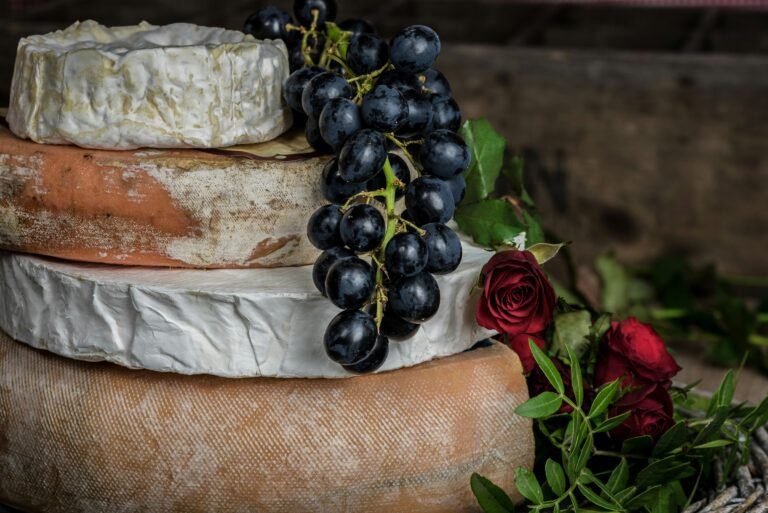
Food Pairings: St. Laurent pairs well with hearty meat dishes, stews, and aged cheeses. It is an excellent choice for traditional Czech meals such as beef sirloin with cream sauce (svíčková na smetaně) and wild boar stew (kančí guláš).
South Moravia is a treasure trove for wine lovers and cultural enthusiasts alike. Its rich winemaking history, picturesque landscapes, and charming towns offer a unique travel experience. Whether you’re savouring a crisp Riesling, a complex Pinot Noir, or exploring historic chateaux, South Moravia promises an unforgettable journey through the heart of Czech wine country.